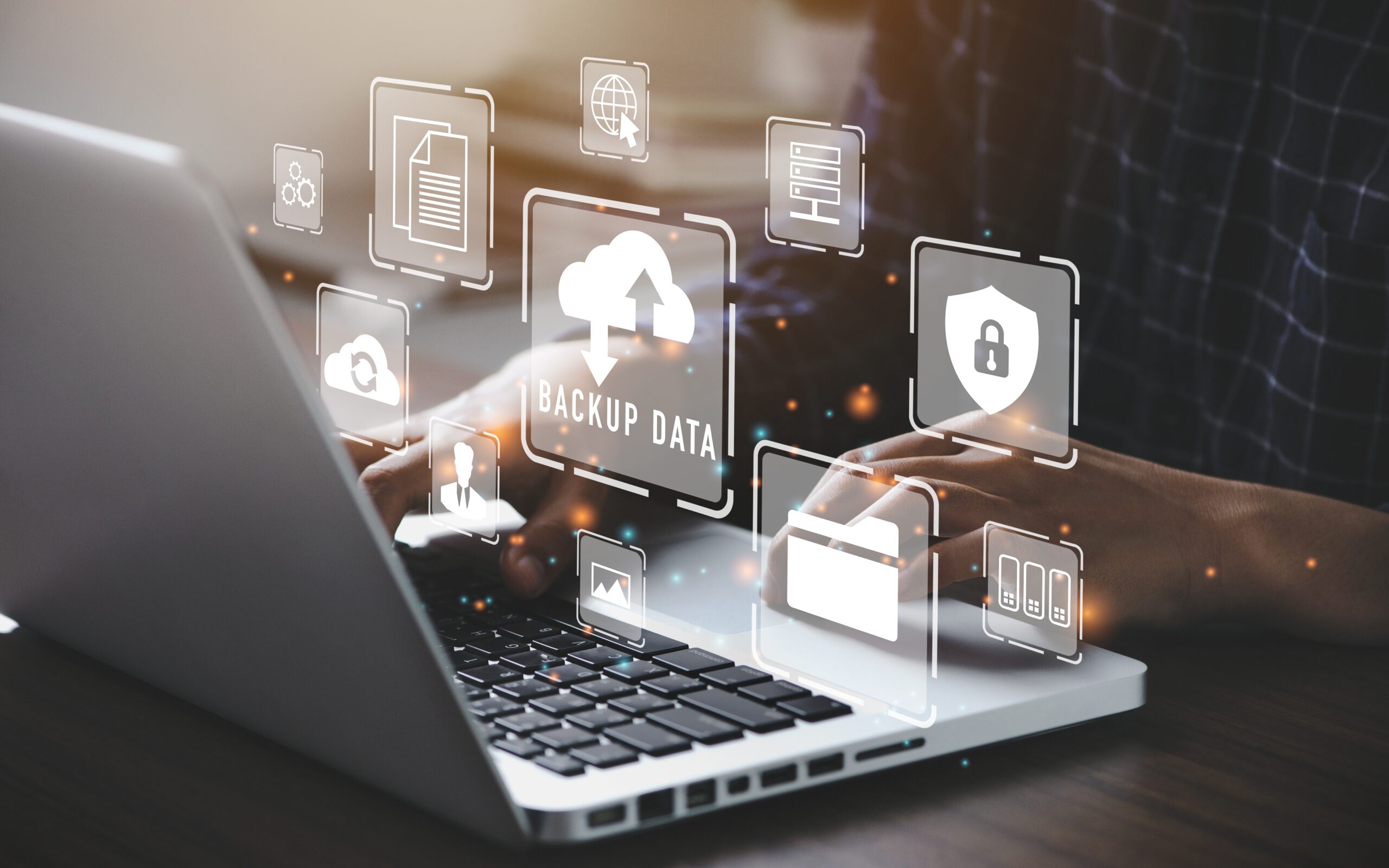In today’s digital age, home healthcare providers rely heavily on technology to manage patient records, coordinate care, and streamline operations. While these advancements improve efficiency and accessibility, they also introduce serious cybersecurity risks. From ransomware attacks to data breaches, home healthcare organizations face increasing threats that can compromise sensitive patient information and disrupt essential services. Protecting patient data is not just a regulatory requirement—it’s a critical responsibility. In this article, we’ll explore the most common cybersecurity threats facing home healthcare providers and outline key strategies to strengthen IT security and ensure compliance.
- Phishing Attacks – Phishing remains one of the most common cybersecurity threats. Attackers use deceptive emails to trick employees into clicking malicious links or providing login credentials. A single compromised account can lead to a breach of an entire patient database.
- Ransomware – Ransomware attacks encrypt patient records and demand a ransom for their release. These attacks can bring operations to a halt, preventing healthcare workers from accessing critical patient information. Without proper backups and security measures, organizations may be forced to pay large sums to recover their data.
- Unsecured Remote Access – Home healthcare providers rely on mobile devices, tablets, and remote access to manage patient care. However, unsecured Wi-Fi networks and lack of encryption can expose sensitive data to cybercriminals. Without proper security, remote access can become a gateway for hackers to infiltrate healthcare systems.
- Insider Threats – Not all data breaches come from external threats. Employees or contractors with access to patient records can intentionally or unintentionally compromise data security. Without proper monitoring and access controls, insider threats can go undetected for months.
- Outdated Software and Weak Passwords – Many home healthcare providers operate with outdated IT systems that lack essential security updates. Additionally, weak or reused passwords create vulnerabilities that hackers can easily exploit.
How Home Healthcare Providers Can Strengthen IT Security
Implementing strong IT security measures is essential for home healthcare providers to protect sensitive patient data and maintain compliance with regulations like HIPAA. Cyber threats are constantly evolving, and a reactive approach is no longer enough. Instead, organizations must take proactive steps to safeguard their systems, secure remote access, and educate employees on best practices. Below are key strategies that home healthcare providers can implement to strengthen their IT security and reduce the risk of data breaches.
- Implement Multi-Factor Authentication (MFA) – MFA adds an extra layer of security by requiring a second form of verification before granting access to sensitive systems. This helps protect against phishing and password-related attacks.
- Encrypt All Patient Data – Encryption ensures that even if data is intercepted or stolen, it remains unreadable without the proper decryption keys. This is essential for protecting PHI during transmission and storage.
- Regular Security Training for Employees – Cybersecurity awareness training should be mandatory for all employees handling patient data. Training should include how to recognize phishing attempts, secure devices, and follow HIPAA compliance guidelines.
- Use Secure Remote Access Solutions – Organizations should implement Virtual Private Networks (VPNs) and endpoint security solutions to ensure remote access remains protected. Secure remote desktop protocols and mobile device management (MDM) solutions can also help safeguard patient data.
- Keep Software and Systems Up to Date – Regular updates and patches protect against known vulnerabilities that hackers exploit. Automated patch management can help ensure that software, applications, and operating systems remain secure.
- Back Up Data Regularly – A robust data backup strategy ensures that patient records can be recovered in case of a ransomware attack or system failure. Backups should be encrypted, stored securely, and regularly tested.
- Monitor and Restrict Access to Sensitive Data – Not every employee needs access to all patient records. Implementing role-based access control (RBAC) ensures that only authorized personnel can view or modify specific data. Continuous monitoring can help detect any suspicious activity before a breach occurs.
The Role of Managed IT Services in Securing Home Healthcare
For many home healthcare providers, managing IT security internally can be overwhelming. A Managed Services Provider (MSP) can offer expert IT support, proactive monitoring, and customized security solutions to help healthcare organizations stay protected. Key benefits of partnering with an MSP include:
- 24/7 network monitoring and threat detection
- Automated security updates and patch management
- HIPAA compliance guidance and risk assessments
- Incident response and disaster recovery planning
- Secure cloud storage and remote access solutions
By outsourcing IT security to a trusted MSP, home healthcare providers can focus on patient care while ensuring their systems and data remain secure.
Security and Privacy Above All Else
Protecting patient data is not just about compliance—it’s about ensuring the safety and trust of those receiving home healthcare services. Cyber threats are evolving, and home healthcare providers must prioritize IT security to safeguard sensitive information, maintain operational efficiency, and uphold their reputation.
By implementing strong security measures and considering the support of a Managed IT Services Provider, home healthcare organizations can mitigate risks and focus on delivering quality care without fear of cyber threats.







